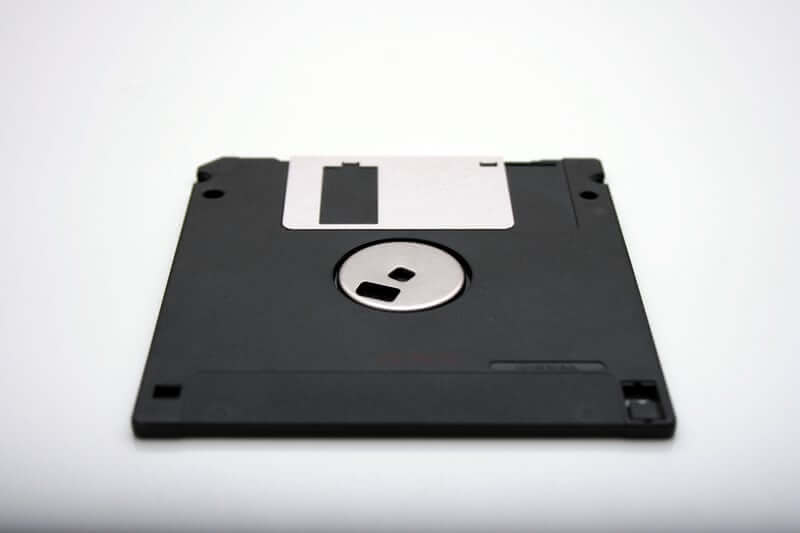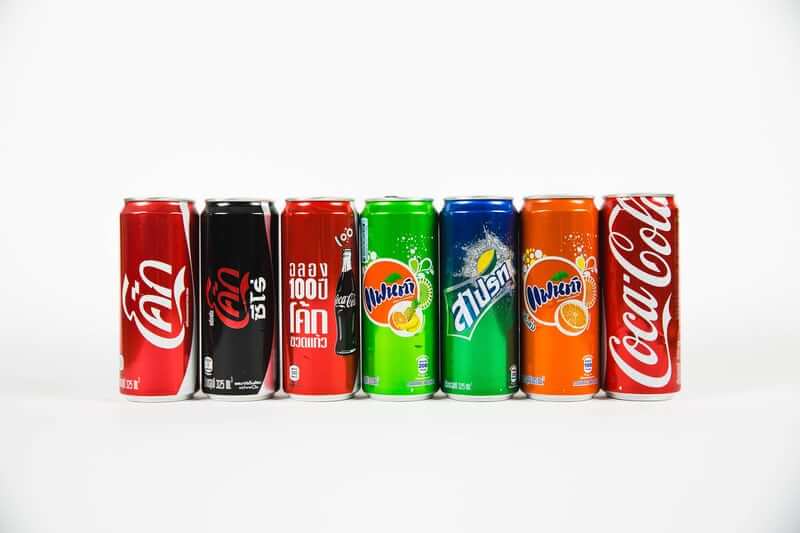Design patterns exist for a reason, so it's well worth becoming familiar with them.
Jakob's Laws
Jakob's Law states that users spend more time on other websites so they expect your website to work in the same way, that they are already familiar with.

Overview
We probabaly all associate the floppy disk icon to mean save, even though we probably haven't even seen one in decades. As you might expect, some younger people are completely unaware of the floppy disk entirely!
In the "I'm getting old" department.., a kid saw this and said, "oh, you 3D-printed the 'Save' Icon." pic.twitter.com/rwgCpSjfDQ
— Bill Gross (@Bill_Gross) October 17, 2017
The floppy disk icon was originally used as a the digital metaphor for the real world item, but now it is effectively being used because it is being used. It has become a familiar pattern even though its original association to a physical floppy disk isn't as strong as it once was.
You may notice a lot of websites and apps look similar. Think about an eCommerce website and you will probably think of an experience similar to Amazon's. A lot of eCommerce sites will use the same patterns, as a standardised design is familiar to the user, so they will already know how to use your site based on their experience with other sites. This is one of the reasons for the end of web design according to NN Group.
Jakob's Law is a lot about patterns, and understanding what products your user may already be familiar with. Often when designing, we don't need to be reinventing the wheel. The solutions to a lot of our problems may already exist so it's always worth doing your research.
Key points
Do you research into what products your users may already be using.
UI Patterns is a great resource to research some patterns.
Other UX Laws
Von Restorff Effect
Also known as "The Isolation Effect", the Von Restorff Effect states that users are more likely to remember an object if it is visually different from similar objects.

Miller's Law
Miller's Law states that the average person can only keep 7 (plus or minus 2) items of information in their working memory at a time.

Aesthetic-Usability Effect
The Aesthetic-Usability Effect states that users often perceive visually-pleasing products as being easier to use.
